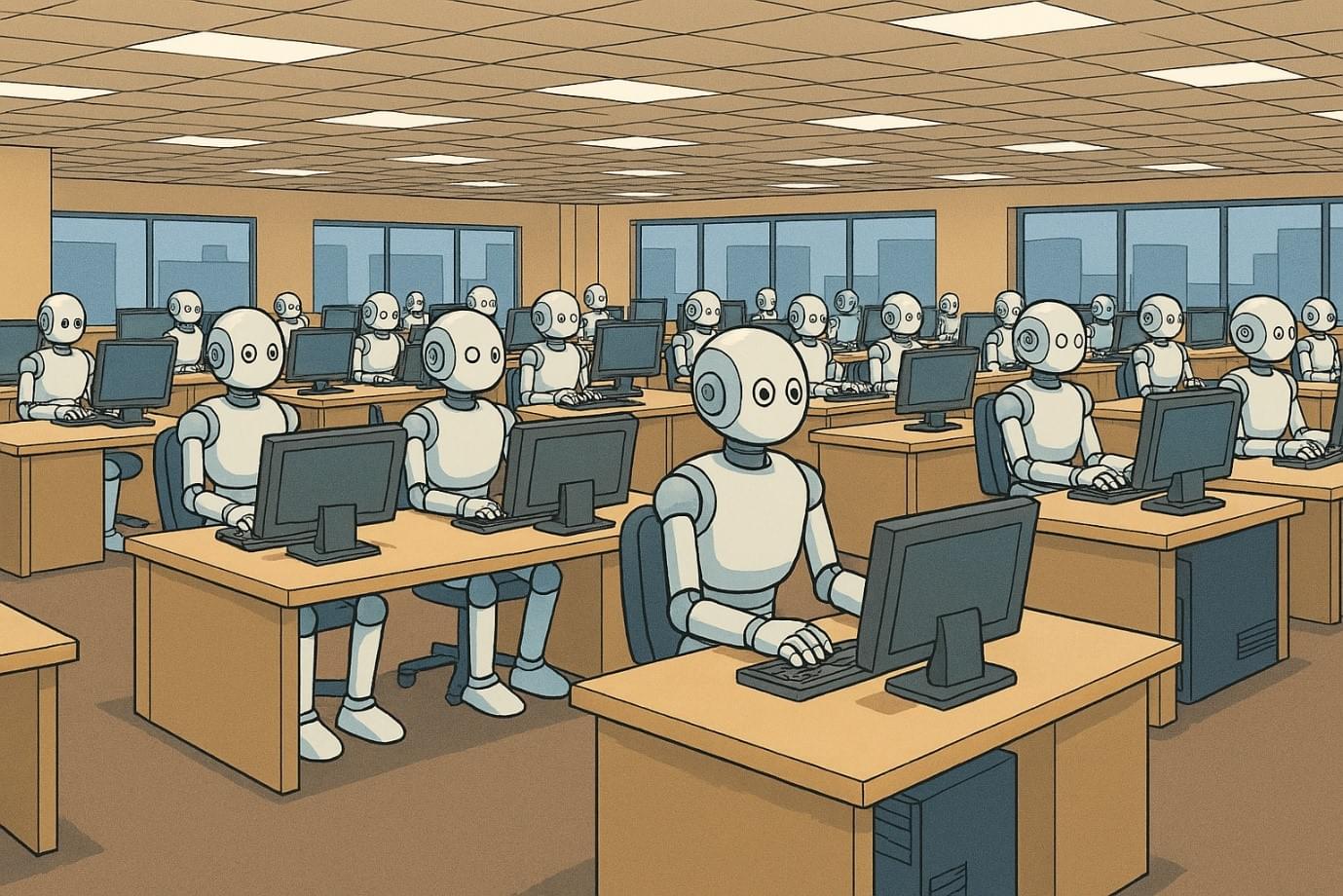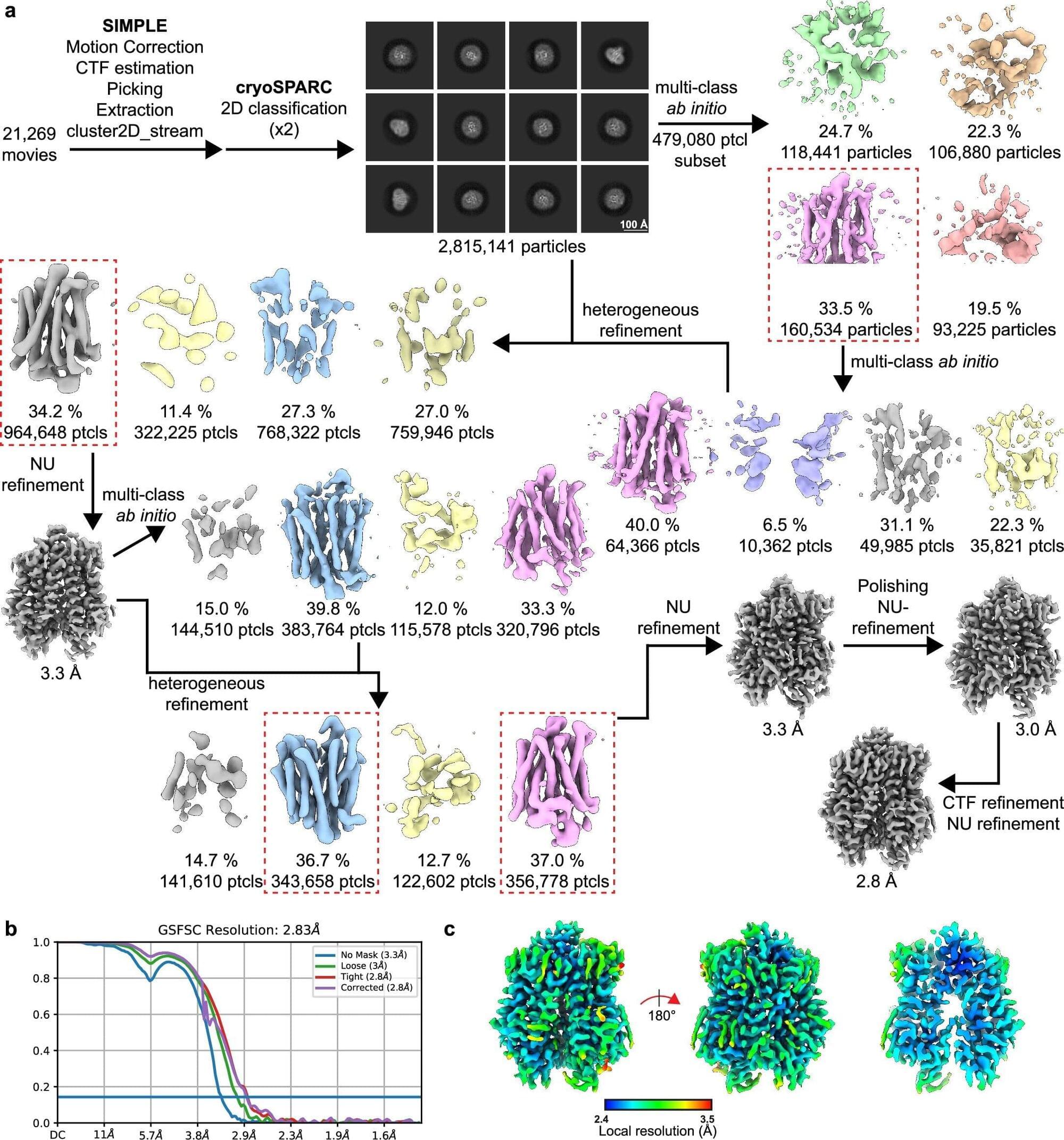SpaceX’s rumored “Starfall” program, related to its Starship initiative, aims to revolutionize in-space manufacturing, enabling advancements in various fields and reducing cargo transportation costs to unlock economic potential in space ## ## Questions to inspire discussion.
In-Orbit Manufacturing Potential.
🚀 Q: What unique advantages does in-orbit manufacturing offer? A: In-orbit manufacturing provides no gravity, perfect fluid flow, stable heat flow, and no air moving heat around, enabling growth of structures without scaffolding and benefiting industries like pharmaceuticals, advanced materials, and military logistics.
🏭 Q: Which industries could be disrupted by in-orbit manufacturing in the 2040s? A: In-orbit manufacturing could disrupt terrestrial industries in the 2040s, particularly pharmaceuticals, advanced materials, and military logistics, allowing production of high-value goods like protein crystals, retinal organoids, ZBLAN fiber, and semiconductor ingots in space.
Starfall Program.
🛰️ Q: What is SpaceX’s Starfall program? A: Starfall is a secret SpaceX program using small return pods from Starship to bring high-value goods back from orbit, potentially slashing the $40,000/kg cost of returning materials to Earth.






